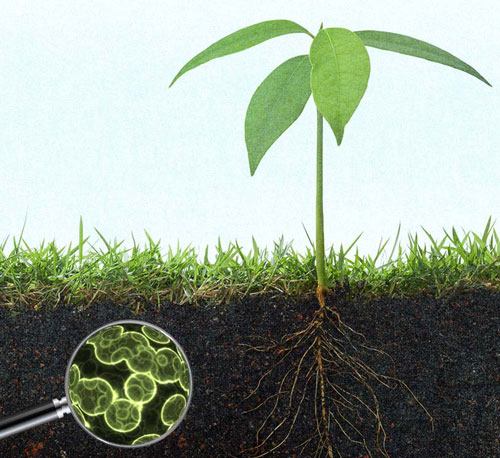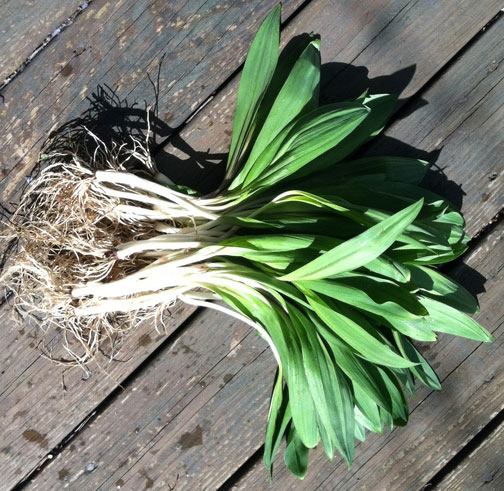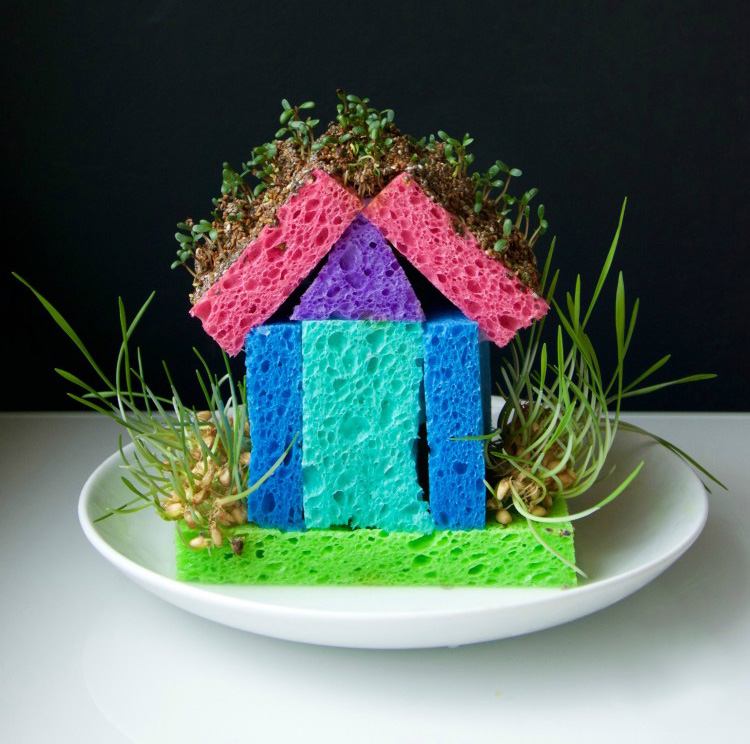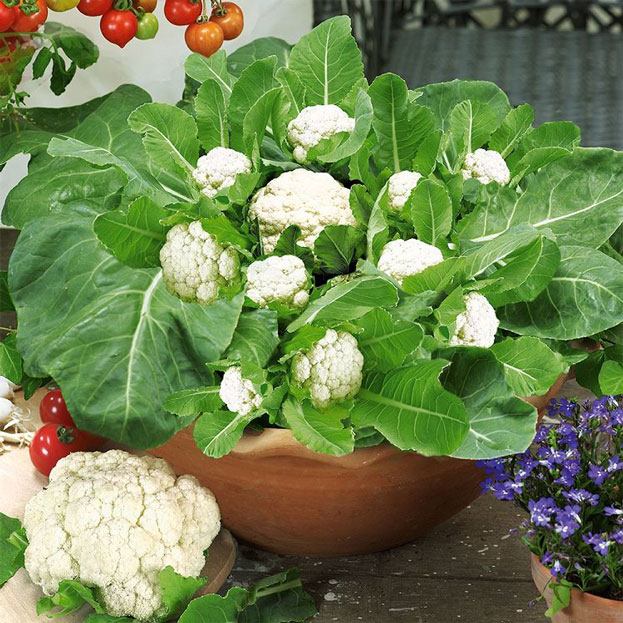Growing hyacinth bulbs in a vase was fashionable back in the Victorian era, but in the 20th century, indoor hyacinths lost their aura of mystery and romance, giving way to plants that required more care. However, these plants are eager to bloom with the slightest encouragement, and you can easily grow a hyacinth at home by March 8. Now is the perfect time to begin preparing gifts—flowering hyacinths from your windowsill!
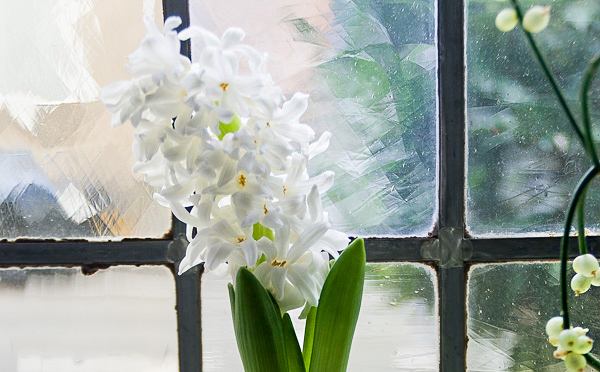
How to Grow a Hyacinth in a Vase with Water
To have a fragrant hyacinth bloom on your windowsill, you only need to meet two conditions: acquire pre-cooled bulbs that are ready for planting and maintain the cleanliness and water level.
If you want your hyacinths to bloom by a specific date, start forcing them about 6 weeks before the event—it usually takes about a month and a half for the flowers to appear. To hedge your bets, you might start sprouting several hyacinth bulbs over the course of one or two weeks.
Bulbs awaiting forcing should be stored in cold, moist sand, but if you buy bulbs just before planting, they should already be pre-cooled.
What You’ll Need:
- A stable vase, glass, goblet, or cup.
- Hyacinth bulbs.
- Water.
- Pebbles (optional).
- The container for forcing should be stable, as hyacinth flowers are fairly heavy. If the bulb sinks in your chosen vase, place a layer of decorative pebbles, buttons, beads, or marbles at the bottom—anything that doesn’t dissolve in water or poison it with paint will work.
- The bulb should only lightly touch the water. Ensure that the water level does not drop below where the bulb contacts it.

- While waiting for the roots to sprout, keep the containers in a cool, dark place (5 to 12 degrees Celsius). This process should take about 3 weeks.
- Change the water every three days, making sure it’s at room temperature.
- Once you see the first signs of leaves, you can move the flowers to a warm room, but avoid direct sunlight and dry air from heating radiators.
- Regularly rotate the vases to prevent the plants from bending excessively (phototropism) and continue to refresh the water.
- Hyacinths love cool temperatures; at up to 18 degrees Celsius, they will bloom longer and emit a stronger fragrance.
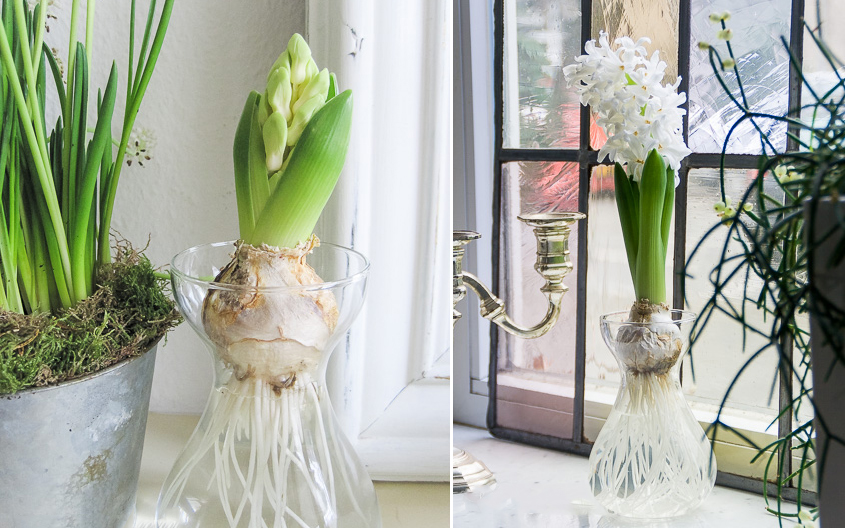
- To prevent the bulbs from rotting, do not submerge them in water below the root zone. Don’t worry—these plants sense moisture and will extend their roots into the water even if they’re not fully submerged. Think about onions and potatoes—they manage just fine in late February even without water.
Transplanting a Hyacinth from Soil to a Water Vase
There’s another route you can take. In February, stores begin selling hyacinths in pots en masse as long-lasting, living bouquets. Often, they are sold in disposable planting pots that crack and crumble, with roots protruding from all sides. In such cases, you’ll need to work on the plant anyway. Instead of a traditional transplant into a pot, you can rinse the bulb’s roots in room-temperature water and move it into a vase with water. And not just that:
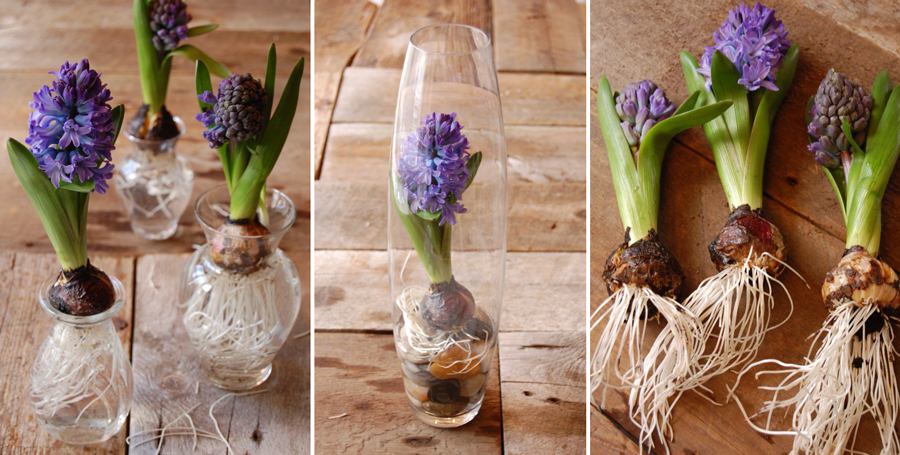
I love the idea of gifting friends hyacinths in large cups with Scandinavian patterns—it’s truly “to each their own.” A mug by itself is such a banal present, often perceived as “just to get it over with,” but planting a blooming flower inside transforms it into something entirely different!
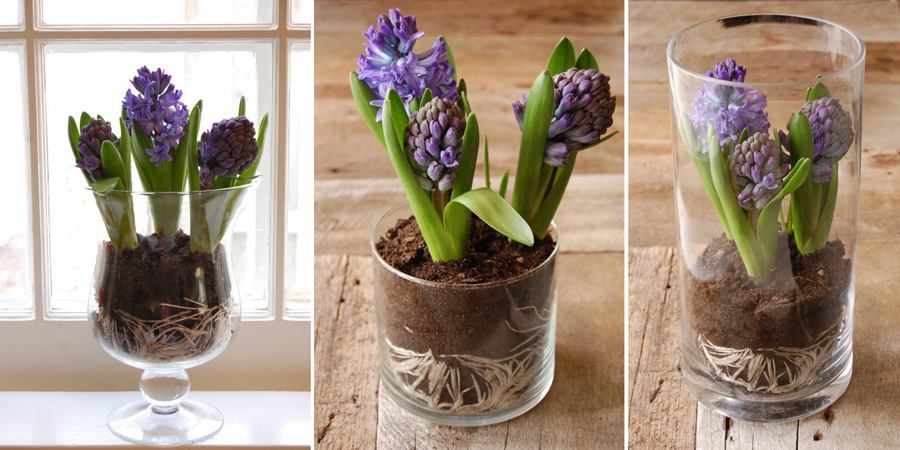
Large selections of cheap, small vases were always abundant in stores like Auchan and IKEA. In the end, you can even sprout it in a goblet. All the tips mentioned above also work for other popular bulb flowers like tulips and daffodils, which I wrote about in a previous article .
